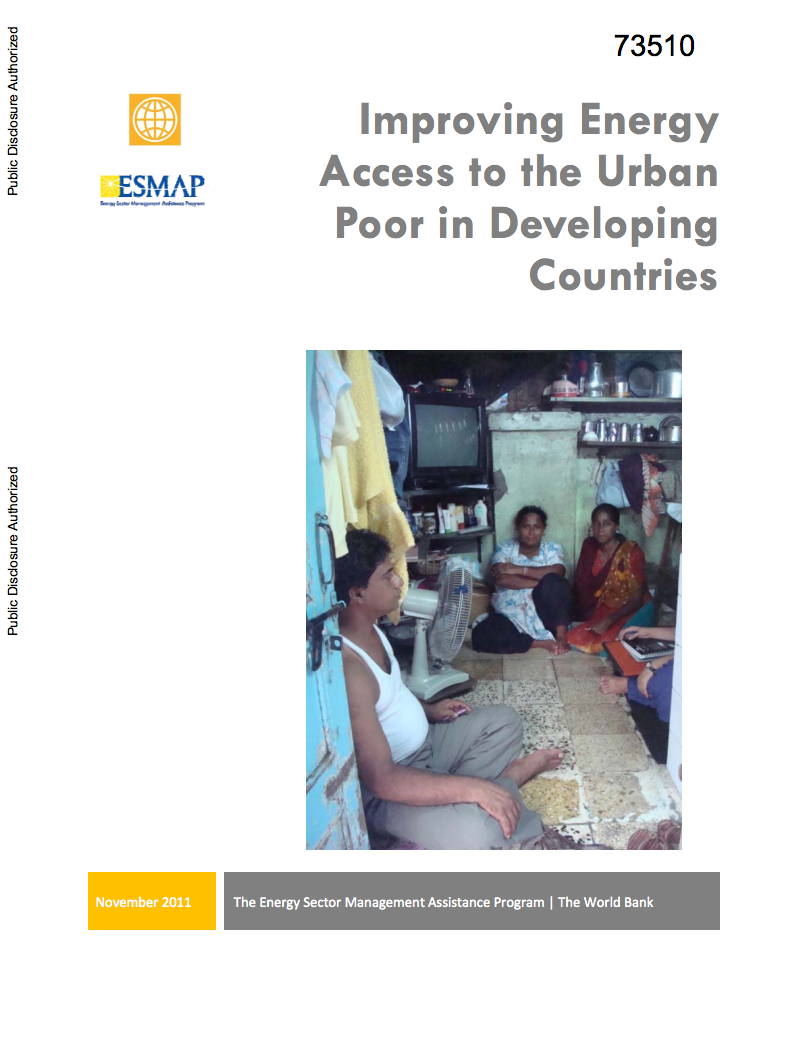Energy Access and Productive Uses for the Urban Poor : Final Report on Ghana Scoping Study
The aim of the scoping study was to gain
an understanding of the productive activities slum dwellers
engage in that rely on energy services and the potentials
and challenges of slums in Ghana regarding access to modern
energy services and income generation from productive
activities. The objective of the ESMED-EAfUP (Energy Sector
Management Assistance Program - ESMAP/SME Development -
Energy Access for the Urban Poor) programme is 'to



